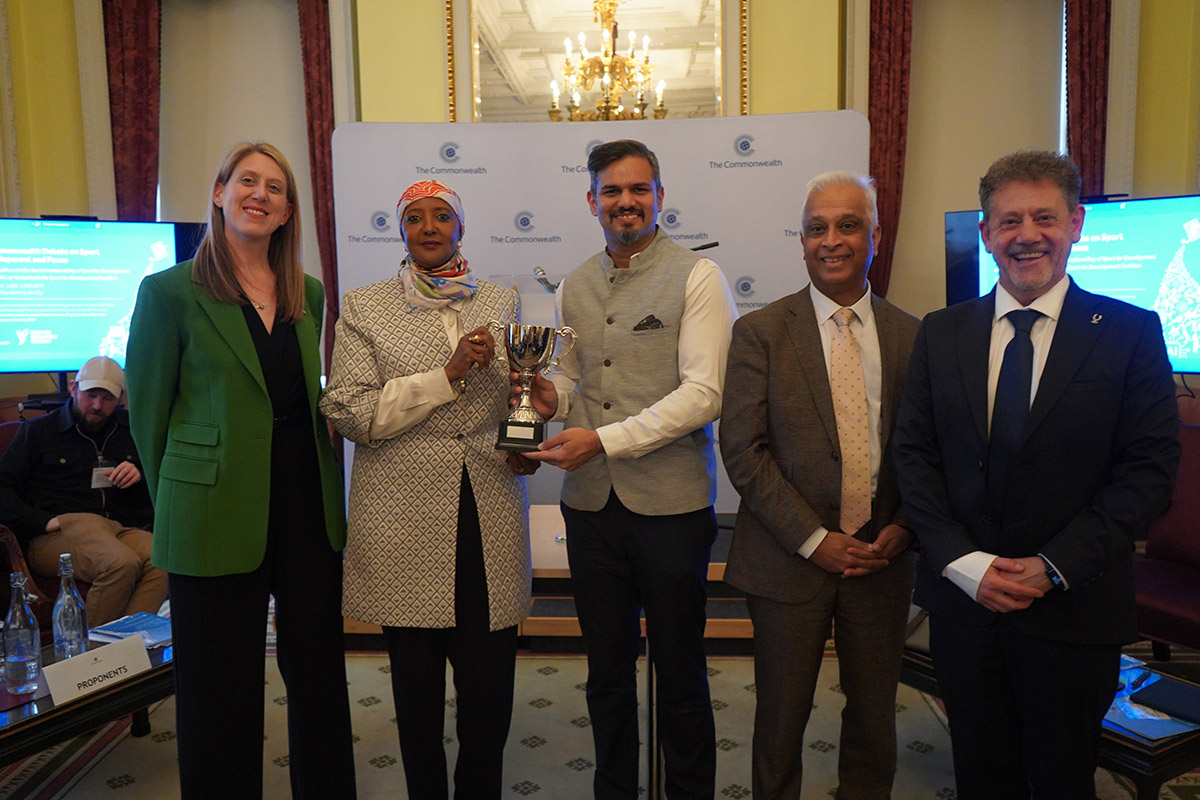“Hazards of technology in a connected world”
April 3rd, 2018by Cody Mitchell
Technology growth has changed much about how we live our lives. Cody B. Mitchell, 16, a Correspondent from Moree, Australia, says there is a down side to constant technology, and argues for limits on its use.
The early 21st century saw the ‘Digital Revolution’ spread like wildfire throughout the developed world. By 2010, smartphones, computers and many other forms of technology could be seen in almost every western household.
However, along with the numerous benefits of a connected world arose a host of negative effects only now coming to light.
Easily the most concerning consequence of the “Digital Revolution” is its impact on children.
Today, people of all ages have smartphones and use them frequently. Various studies have warned us that repeated use of technology, particularly by young children, could result in shorter attention spans, substandard memories and diminished social skills. Regrettably, this is precisely what has become evident in Generation Z (born between 1995 and 2013).
In the opinion of respected author and speaker, Brad Huddleston, the second most harmful addictive activity is video gaming. Mr. Huddleston has spent many years writing books and travelling extensively, speaking about the dark side of technology. In his recent DVD ‘Digital Cocaine’, he explains that “…spending two hours on a game station is equivalent to taking a line of cocaine in the high it produces,” quoting from a UK study.
In his presentation, Mr. Huddleston uses the example of South Korea to reinforce his point. He emphasises that South Korea is the most connected nation on the planet, and explains how gaming has become an enormous social issue. Across the nation, the South Korean government has financed numerous “digital detox” boot camps. Frighteningly, parents have sometimes had to dupe their addicted children into joining these programs.
Finally, Mr. Huddleston addresses a profoundly technologically-linked subject known as ‘task switching’. He explains that multi-tasking is a myth. The human brain was designed to operate linearly, undertaking a single task at a time. When we ‘multi-task’ we rapidly shift from one task to another and back again. Task switching is especially easy to do when perusing online. For example, when we study, having technology nearby can be incredibly distracting, and it can make it virtually impossible for us to focus on our task. Over time, it is likely that this will lead to us developing a measurably shorter attention span.
What can we do to correct this apparently daunting problem? First, I suggest that we defend the most vulnerable in our community – children. By limiting the quantity of time children spend on digital technology, we can hopefully prevent subsequent generations from suffering its negative side effects.
Probably the single most practical solution would be to attempt to minimise the unmonitored use of technology in our schools. This would enable students to avoid ‘task switching’ and enhance productivity. One thing is certain: we must all unite to battle a problem with intergenerational repercussions.
References:
Will Technology Ruin Your Children’s Development?
Internet Use Affects Memory, Study Finds Social anxiety and technology: Face-to-face communication versus technological communication among teens
Kids, Tech and Those Shrinking Attention Spans
Brad Huddleston Official Website
The True Cost Of Multi-Tasking
Why My Generation Has No Social Skills
How the smartphone affected an entire generation of kids
Photo credit: Pixabay.com






